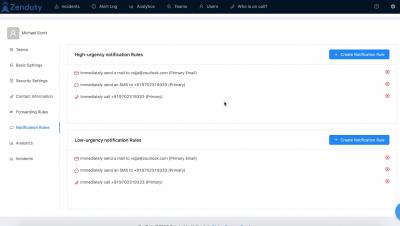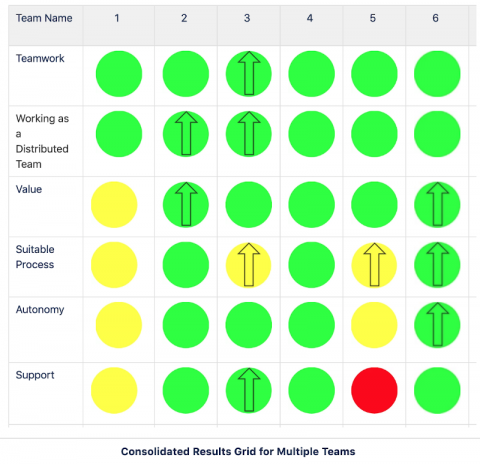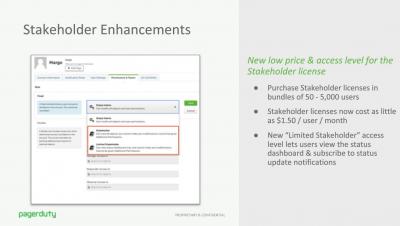Operations | Monitoring | ITSM | DevOps | Cloud
Alerting
Introducing the incident communication template generator
When things go wrong, your users need to know – but it’s not always easy to determine what to say or how to say it. If you’re responsible for getting the word out to hundreds or thousands of users, it can feel like a heavy weight on your shoulders. The task at hand is urgent, yet must be handled delicately. As someone who’s handled incident communication on Statuspage’s status page – the mother of all status pages – I know how difficult these moments are.
OpsRamp August 2019: Alert Management, AIOps, Cloud Monitoring, Integrations, APIs
The Summer 2019 release introduced: OpsQ Observed Mode, Learning-Based Auto-Alert Suppression and many more updates to the OpsRamp Platform. This week all OpsRamp customers are being updated to our August 2019 release. Customers and partners should review all the details in our release notes. Here’s a high-level summary of what’s new this month: Observed Mode is now available for Alert Escalation and First Response policies.
Understanding Systemic Issues: The PagerDuty Health Check Process
Continuous improvement is one of the fundamental tenets of Agile methodology that PagerDuty’s product development teams emphasize. This already works fairly well at the individual team level via retrospective meetings and postmortems but sometimes we don’t notice larger or systemic issues that are outside the control of a single team. This blog will share the process that we use at PagerDuty to uncover those issues, the outcomes we have seen, and how we have evolved that process.
August 2019 Update: Mobile Alert Dashboard and PSD2 Support
Our August update makes SIGNL4 fit for the new “Payment Services Directive 2”. In addition, we have added extended the mobile alert dashboard and added new metrics. The enhanced dashboard of the SIGNL4 mobile app now shows alert counters per ‘services & systems’ category. Here come the details….
Introducing a detailed History and Resend capabilities for Emergency Callouts
Emergency callouts are some of the most important notifications a user can receive. With the optional ‘Emergency Callout’ add-on, the capability to reliably alert and notify large numbers of employees can become part of your Enterprise Alert installation. These callouts can tell users about dangerous situations such as inclement weather, fires in the building, or even security issues like active shooter in the building. It is imperative that users receive these notifications.
StatusCast's Incident Detail Page
Optimizing Business Response When Technical Incidents Happen
Most technical incident response plans typically account for stakeholder communications—for both internal teams and external customers. But at PagerDuty, what we’ve learned from our customers is that there’s still a painful and expensive gap in alignment between IT and business teams. To close that gap, we need to focus on what incident response means for business teams.











